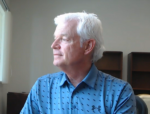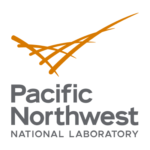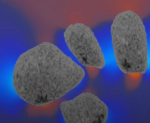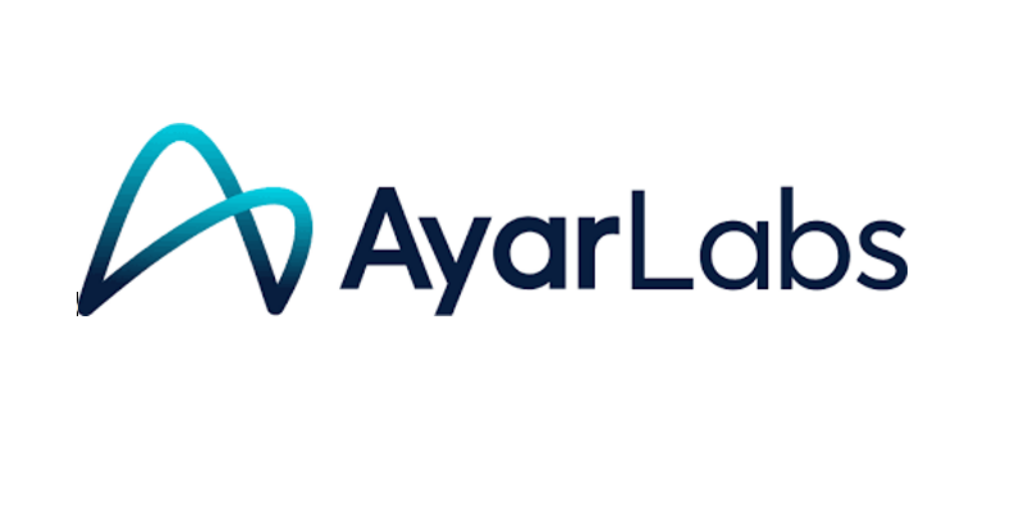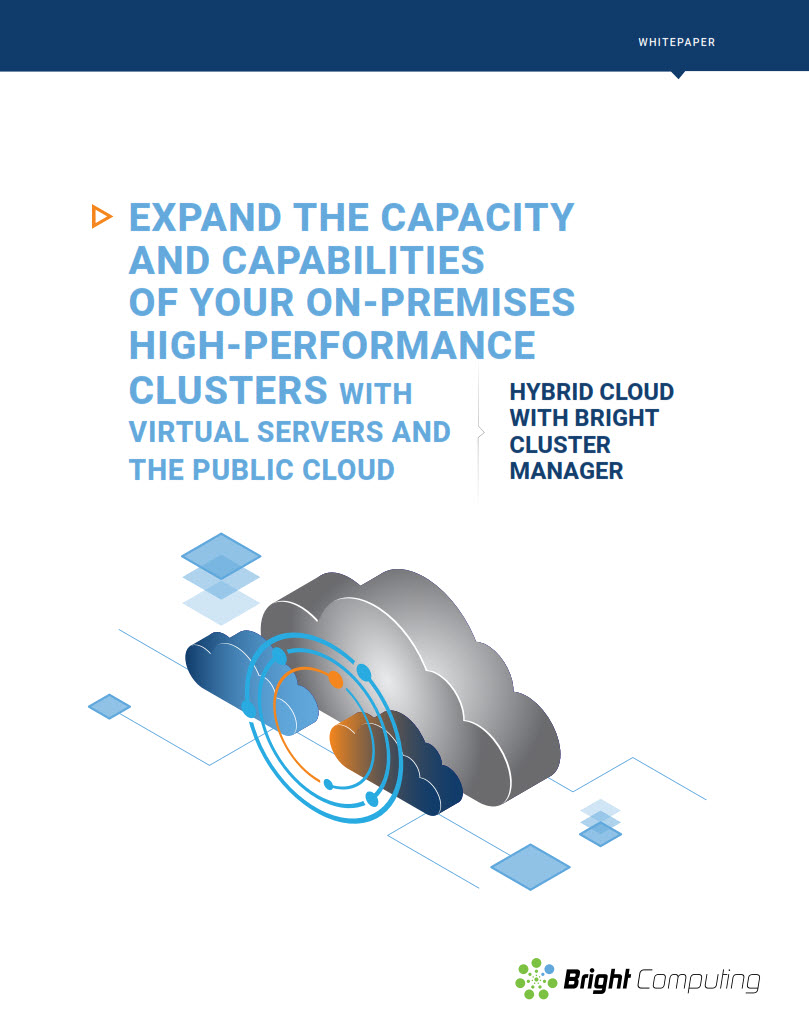From the early days of supercomputing through the success of exascale supercomputing, few HPC luminaries have played as important and integral leadership role in HPC as Dr. Paul Messina. So as we observe Exascale Day today, we are delighted to discuss the exascale journey with someone instrumental to the 10 orders of magnitude of improvement in ….
AMD MI300 Accelerators Expected to Bring Choice to GPU Market
[Sponsored Guest Article] If you agree that generative AI signifies a new chapter in IT, then you may also agree there’s a major storm gathering among GPU accelerator chip vendors vying for position in the GenAI market. It’s a competition with the potential to roil not only the microprocessor sector….
Building a Capable Computing Ecosystem for Exascale
With ECP, working together was a prerequisite for participation. “From the beginning, the teams had this so-called ‘shared fate,’” says Siegel. When incorporating new capabilities, applications teams had to consider relevant software tools developed by others that could help meet their performance targets, and if they didn’t choose to use them….
At the HPC User Forum: 2 Full Days in Tucson of HPC and AI
This week saw HPC industry analyst firm Hyperion Research host the HPC User Forum, a supercomputing conference with an end-user emphasis held four times a year (two in the U.S. and two internationally) offering two intensive days of presentations and panels involving commercial and government users, along with hardware and software vendors.
ExaWorks: Tested Component for HPC Workflows
ExaWorks is an Exascale Computing Project (ECP)–funded project that provides access to hardened and tested workflow components through a software development kit (SDK). Developers use this SDK and associated APIs to build and deploy production-grade, exascale-capable workflows on US Department of Energy (DOE) and other computers. The prestigious Gordon Bell Prize competition highlighted the success of the ExaWorks SDK when the Gordewinner and two of three finalists in the 2020 Association for Computing Machinery (ACM) Gordon Bell Special Prize for High Performance Computing–Based COVID-19 Research competition leveraged ExaWorks technologies.
Exascale: Pursuing Clean Energy Catalysts with Aurora
Argonne National Laboratory has announced that researchers are developing exascale software tools to enable the design of new chemicals and chemical processes for clean energy production. Argonne is building one of the nation’s first exascale systems, Aurora. To prepare codes for the architecture and scale of the new supercomputer, 15 research teams are taking part […]
Outgoing Exascale Computing Project Director Doug Kothe Takes on New Role at Sandia Labs
Doug Kothe knows about transitions, including transitions on a grand scale. The outgoing director of the U.S. Department of Energy’s Exascale Computing Project helped transition the supercomputing industry into the exascale era. He took the ECP helm in October 2017, and in May 2022, the project reached a milestone with the certification of the Frontier […]
Power Grid Modeling Tool Launched on Frontier Exascale Supercomputer
Exascale Grid Optimization (ExaGO), a power grid simulation and optimization platform developed by Pacific Northwest National Laboratory (PNNL), is the first of its kind to run on Oak Ridge National Laboratory’s (ORNL) Frontier, the first supercomputer in the world to reach exascale. Frontier, which was launched this spring, can calculate more than 1 quintillion operations per second and […]
LLNL’s Lori Diachin Named Director of Exascale Computing Project
Lawrence Livermore National Laboratory’s Lori Diachin will take over as director of the Department of Energy’s Exascale Computing Project on June 1, “guiding the successful, multi-institutional high-performance computing effort through its final stages,” ECP said in its announcement. Diachin, who is currently the principal deputy associate director for LLNL’s Computing Directorate, has served as ECP’s […]
ASCR: Exascale to Burst Bubbles that Block Carbon Capture
Bubbles could block a promising technology that would separate carbon dioxide from industrial emissions, capturing the greenhouse gas before it contributes to climate change. A team of researchers with backing from the Department of Energy’s Exascale Computing Project (ECP) is out to burst the barrier, using a code that captures the floating blisters and provides insights to deter them. Chemical looping reactors (CLRs) combine fuels such as methane with oxygen from metal oxide particles before combustion. The reaction produces water vapor and carbon dioxide, which can easily be separated to create a pure CO2 stream for sequestration or industrial use. Standard post-combustion separation must pull carbon dioxide from a multigas mixture.







